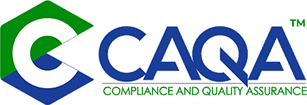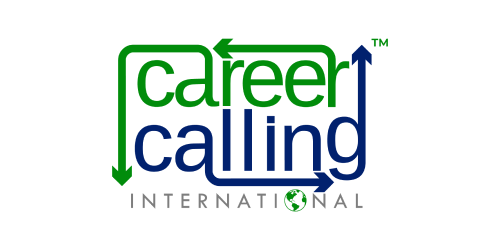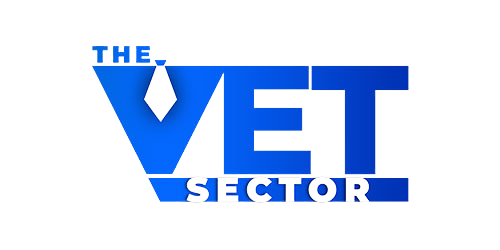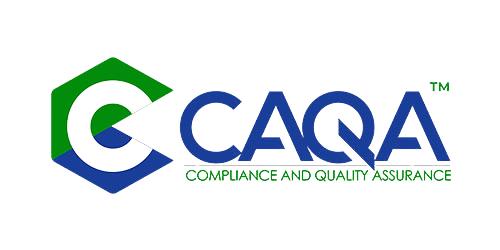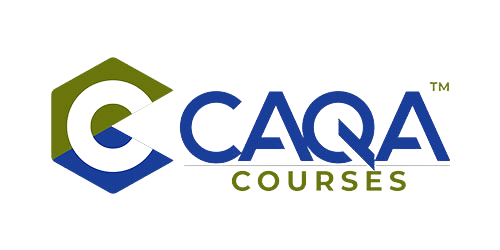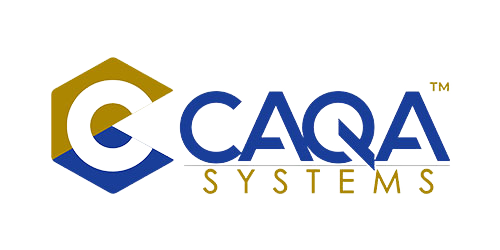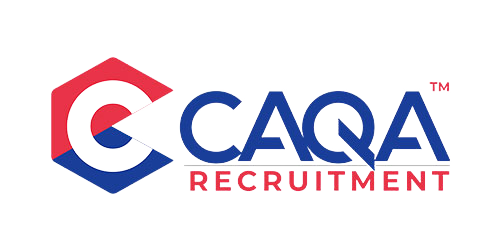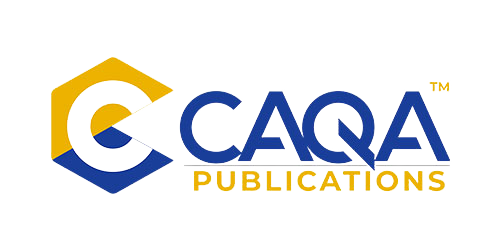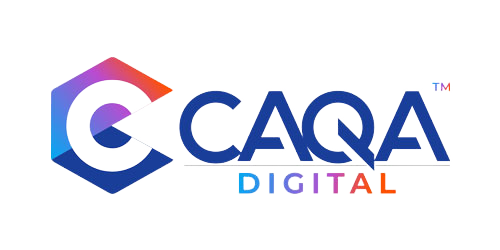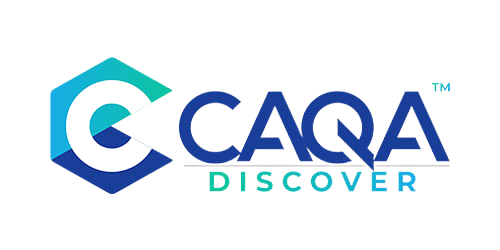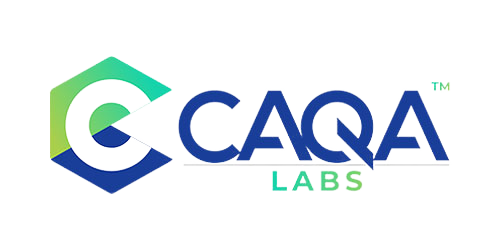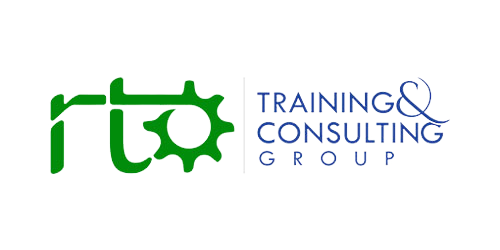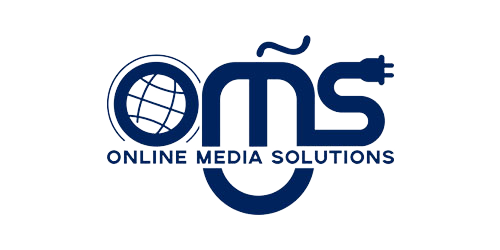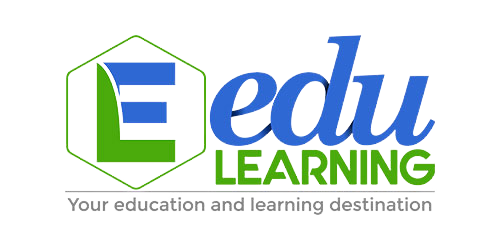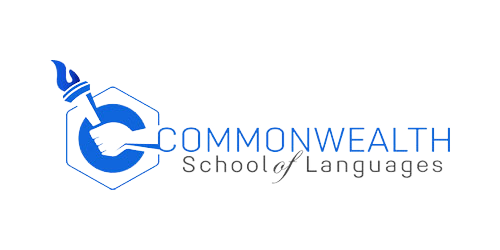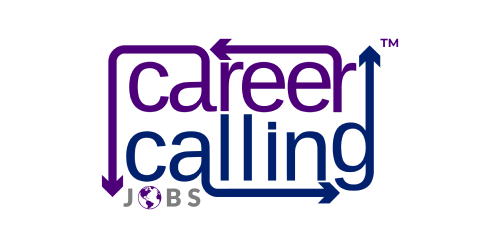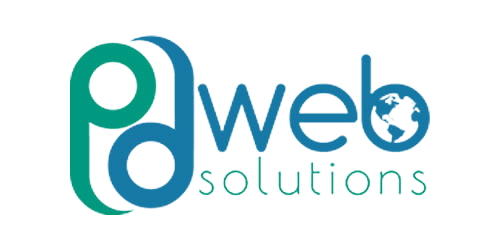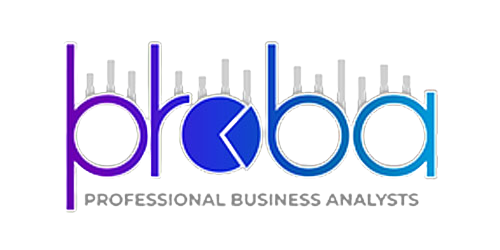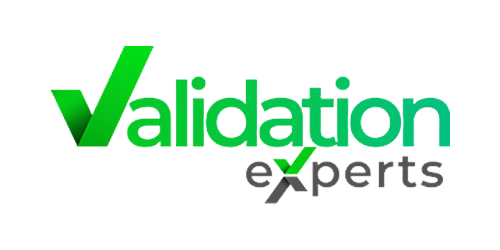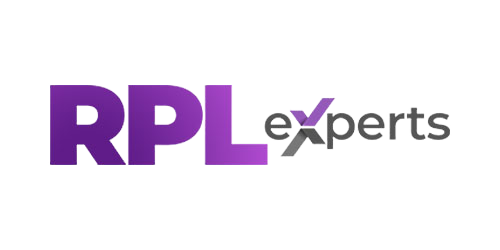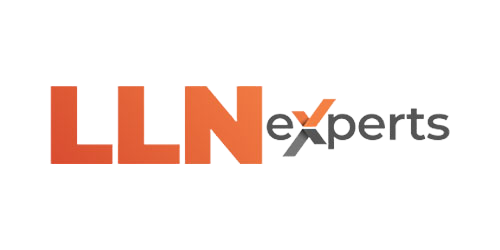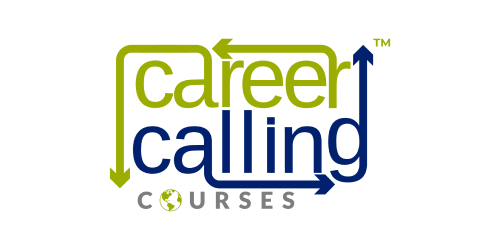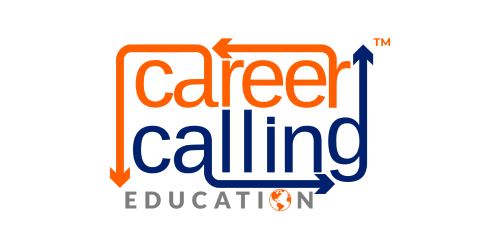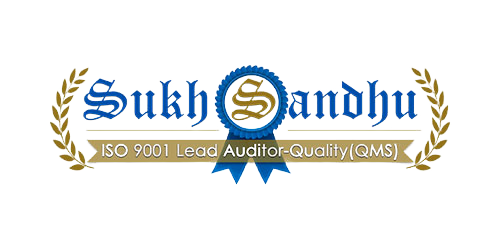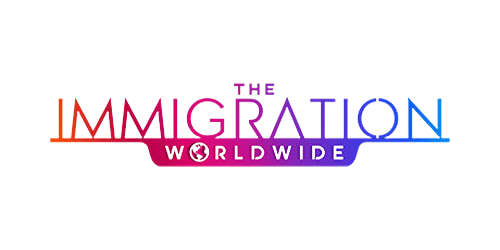Introduction: Elevating Engineering Education Standards
The landscape of vocational education and training (VET) in Australia is undergoing a significant transformation, particularly in the engineering education space. With national infrastructure and technology sectors demanding higher levels of skill, precision, and professionalism, Engineers Australia (EA) accreditation has emerged as the benchmark of quality and global recognition. For Registered Training Organisations (RTOs) delivering engineering-related qualifications, especially at the AQF Level 6 level, such as the Advanced Diploma of Engineering or Civil Construction Design, EA accreditation serves not only as a badge of credibility but as evidence of alignment with both national and international standards, including those embedded in the Dublin Accord.
EA accreditation confirms that a program equips its graduates with the professional competencies required to perform as Engineering Associates. These competencies include not only strong technical abilities but also the ethical, practical, and collaborative skills needed in real-world engineering environments. RTOs seeking to achieve this prestigious recognition must demonstrate excellence across all facets of program design, delivery, staffing, quality assurance, and industry engagement. In 2025, with updated EA criteria now in place, the expectations are even more robust and transparent, placing clear responsibilities on providers to ensure integrity, structure, and relevance in their training.
Understanding the Three Pillars of EA Accreditation
At the heart of EA’s approach to program endorsement lie three primary pillars—Competency Program (CP), Operating Environment CE), and Quality Systems (CQ). Each pillar encompasses a detailed set of expectations designed to verify that a VET program delivers genuine vocational outcomes, matches industry demand, and fosters the progressive development of learners.
The Competency Program pillar requires RTOs to demonstrate that the program is underpinned by a valid rationale, built on an appropriate selection of units of competency, and fully mapped to EA’s Stage 1 Competency Standards. This includes alignment between unit performance criteria and overarching graduate attributes. It is not enough for programs to meet training package minimums; they must illustrate a carefully considered, sequenced, and holistic educational journey, which builds from enabling knowledge areas (such as mathematics and engineering principles) through to applied technical design and project-based tasks. Self-assessment, peer learning, critical reflection, and problem-solving must be core features of the delivery strategy. RTOs are also expected to maintain clear, traceable evidence that assessments are aligned with the intended vocational outcomes.
The Operating Environment pillar focuses on the institutional capacity to support high-quality engineering education. This encompasses teaching staff qualifications, industry expertise, and gender balance across roles. It also extends to infrastructure—classrooms, laboratories, equipment, technology systems, and learner support services. EA expects RTOs to have at least eight full-time equivalent teaching staff involved in the delivery of the program, with three or more having engineering specialisation in any offered stream. Additionally, policies around professional development, workload management, and teaching leadership must be in place and implemented effectively. Physical and digital learning environments must reflect contemporary engineering practice and provide all learners, including those from disadvantaged backgrounds, with full access to learning tools and support.
The Quality Systems pillar governs the continuous improvement processes within the RTO. Here, EA evaluates whether the provider engages stakeholders meaningfully, tracks learner outcomes, and benchmarks performance against comparable programs. Evidence of program advisory committees, external reviews, learner satisfaction data, and assessment validation practices is essential. Importantly, quality assurance must not only exist—it must be documented, implemented, and result in measurable enhancements to the delivery and outcomes of the program. Stakeholder input must be integral to program review cycles, and the RTO must maintain defensible records of improvements made in response to feedback.
Program Structure and Volume of Learning
One of the major developments in the 2025 EA framework is the emphasis on volume of learning. For VET programs leading to Engineering Associate recognition, the total delivery of both the Diploma and Advanced Diploma—especially in Civil Construction Design—must equate to at least two years of full-time equivalent study. This translates to 1600–2000 hours, a substantial increase from the nominal hours previously accepted in many RTO implementations. Programs that deliver the Advanced Diploma alone in under 1040 hours are no longer considered compliant. EA now expects that the delivery volume and structure reflect the complexity and depth of learning outcomes, inclusive of professional practice, ethical standards, and technical mastery.
The integration of a capstone project, ideally within the unit RIICWD601E, is also a key requirement. This project is designed to consolidate learner knowledge and provide a real-world application experience. In addition to technical mastery, learners must demonstrate professional judgment, teamwork, planning, documentation, and reflective practice as part of this final assessment. CAQA Resources supports this requirement by developing resources that include project briefs, reflective components, and assessment tools that align with capstone expectations.
Professional practice exposure is also a formal requirement. EA mandates a minimum of six weeks of full-time equivalent engagement with engineering practice, either through workplace placements, simulated environments, or a structured aggregation of experiential tasks. This is not an optional addition—it is a core part of the program’s learning and assessment strategy. Learners must have access to real or simulated industry problems, engineering team dynamics, and authentic decision-making environments. Documentation of these experiences, such as e-portfolios and reflective journals, must be retained as part of the learner's evidence of achievement.
Ethics and sustainability are now non-negotiable components of the curriculum. Units like CPPCOM4001 must be included, and ethical reasoning must be contextualised within engineering scenarios. Programs must show how these themes are embedded throughout—not treated as standalone topics but integrated into decision-making frameworks, design activities, and professional conduct training.
Common Challenges for RTOs
Many RTOs struggle to meet EA requirements because their programs were originally designed to align with training package minimums rather than broader professional standards. The distinction between a compliant VET program and an EA-aligned program lies in structure, sequencing, and purpose. While RTOs may deliver the correct units, they may fail to establish how these units connect to EA’s competency expectations or to ensure their assessments validate not only knowledge but professional attributes.
Another common shortfall is the documentation of mapping. Without explicit alignment between each assessment task, learning activity, and unit element or performance criteria, it becomes difficult to demonstrate compliance during an EA audit. Furthermore, many providers do not maintain advisory committee records or learner feedback data with sufficient rigour to meet the Quality Systems requirements.
Lastly, RTOs often lack the internal capacity to keep pace with changing standards, particularly when delivery modes shift toward blended or online formats. Without adaptable resources and validation strategies, the risk of non-compliance increases.
How CAQA Resources Can Help
CAQA Resources has developed its support model specifically around the EA Accreditation Checklist 2025. Our materials reflect not only ASQA’s Standards for RTOs but also the accreditation framework defined by Engineers Australia. Our team has reviewed the Accreditation Criteria User Guide – VET, including its structure across Competency Program (CP), Operating Environment (CE), and Quality Systems (CQ), and embedded those principles into the resource development process.
Every resource CAQA delivers—whether it be a learner guide, assessment tool, TAS document, or mapping matrix—is written to enable RTOs to demonstrate traceability and compliance. Mapping documents are clear, layered, and performance-criteria referenced. Assessment tools are authentic, with workplace simulation options where required. Tasks include diagnostic, formative, and summative components, and each unit has accompanying evidence tools such as portfolios, peer review forms, or reflective journal templates. In capstone units, CAQA embeds structured problem-solving and project work that mirrors engineering team activities and collaborative scenarios.
For RTOs needing to meet the two-year full-time equivalent benchmark, CAQA provides structured TAS samples and delivery plans that demonstrate how learning is distributed to meet the required hours, integrating technical content, enabling knowledge, professional practice, and soft skill development. These models are also built to support flexibility across blended delivery, allowing adaptation for face-to-face, online, and simulation-based formats without compromising the integrity of outcomes.
CAQA also provides templates and guidance for establishing or refining stakeholder engagement processes. These include advisory meeting agendas, feedback forms, evaluation frameworks, and quality improvement registers. We understand that Quality Systems documentation must be more than reactive; it must be proactive, systematic, and demonstrably linked to program outcomes. Our tools are built to help you build that culture within your RTO.
Finally, every CAQA resource is provided in fully editable formats to enable customisation to your RTO’s brand, student cohort, delivery method, and local context. This means that you can adopt our resources as the foundation of your program, then enrich them with your own workplace partnerships, community consultation findings, or specialist input.
Frequently Asked Questions (FAQs)
1. What’s the minimum delivery duration for EA-recognised programs?
The combined delivery of the Diploma and Advanced Diploma should total at least 1600–2000 hours, equating to two years of full-time equivalent study.
2. Do all RTOs need EA accreditation?
No, not all Registered Training Organisations (RTOs) need accreditation from Engineers Australia (EA). RTOs delivering vocational education and training (VET) in Australia need to be registered with ASQA to deliver nationally recognised training and assess qualifications. EA accreditation is specifically for engineering programs and only applies to those seeking recognition under Engineers Australia's international accord agreements or for migration skills assessment purposes.
3. Can CAQA Resources be used for blended or workplace-mode delivery?
Yes. All CAQA resources are designed to be adaptable to various delivery modes and are mapped to ensure that outcomes remain consistent regardless of context.
4. Does CAQA provide mapping documents aligned to EA requirements?
Yes. Every unit includes detailed mapping to performance criteria, assessment conditions, and EA Stage 1 competencies.
5. What support does CAQA provide for professional practice integration?
CAQA resources include templates for industry placements, simulated learning experiences, reflective journals, and tracking documents that align with the 30-day practice requirement.
6. Is the capstone project mandatory for EA accreditation?
It is strongly recommended. CAQA includes structured capstone project tools and unit-specific resources to support this expectation.
7. Are ethics and sustainability required across all engineering programs?
Yes. Ethics and sustainability must be embedded across the program, particularly through units such as CPPCOM4001. CAQA resources reflect this integration throughout delivery and assessment materials.
8. Can CAQA help new RTOs entering the engineering space?
Absolutely. Our materials are ideal for both new and existing providers and are built to help meet EA, ASQA, and AQF requirements simultaneously.
9. What is the required volume of learning for EA-accredited programs?
Engineers Australia requires the combined delivery of the Diploma and Advanced Diploma programs to equal at least two years of full-time equivalent learning. This translates to a minimum of 1600–2000 hours. Many current implementations of the Advanced Diploma alone fall short, typically offering only 988–1040 hours. RTOs must redesign their programs to meet this volume benchmark through expanded learning, project work, simulation, and professional practice components.
10. How does CAQA help RTOs meet the volume of learning requirements?
CAQA provides structured Training and Assessment Strategies (TAS), learning and assessment schedules, and unit-by-unit delivery plans that align with the two-year full-time equivalent requirement. CAQA resources also include formative, diagnostic, and summative assessments, practical tasks, and reflective activities that cumulatively support the expanded learning volume expected by EA.
11. What is the role of professional practice in EA-accredited programs?
EA expects that learners complete at least 30 days (six weeks) of engineering-related professional practice, either through real placements or simulated learning environments. The goal is to expose learners to industry expectations, real-world decision-making, and teamwork within engineering environments. Evidence of learning outcomes from these experiences must be documented and assessed.
12. Does CAQA include resources to support the professional practice component?
Yes. CAQA provides professional practice journals, e-portfolio templates, workplace simulation tasks, and assessment tools that allow learners to document and reflect on their experiences. These can be used to satisfy EA’s requirement for meaningful professional practice exposure—even when actual placements are not possible.
13. Are ethics and sustainability now compulsory in engineering programs?
Yes. EA accreditation guidelines require that programs address ethics, sustainability, and professional responsibility throughout the learning journey. Units such as CPPCOM4001 – Manage own work, professional development and ethical behaviour must be included. CAQA’s resources embed these themes into both technical and professional units, supporting integrated rather than isolated coverage.
14. Do units need to be repeated between the Diploma and the Advanced Diploma?
No. EA discourages duplication of units across qualifications. Each qualification must offer a unique and progressive learning experience. CAQA helps RTOs select distinct and sequenced units, ensuring clear differentiation between the Diploma and Advanced Diploma curricula while still aligning with the training package requirements.
15. What kind of mapping is required for EA accreditation?
Detailed, “bottom-up” mapping is required—linking each learning activity and assessment task to specific elements, performance criteria, and outcomes of each unit of competency. In addition, mapping must show how the units collectively address the EA Stage 1 Competency Standard for Engineering Associates. CAQA includes comprehensive mapping matrices and assessment validation documents with every unit.
16. What should a capstone project include?
A capstone project is a culminating learning experience where students apply knowledge, skills, and judgment to solve a real or simulated engineering problem. It should incorporate project management, teamwork, technical documentation, design analysis, and reflection. CAQA integrates capstone-aligned tasks—especially within RIICWD601E—and provides support documents for learners and assessors to guide and evaluate the process.
17. Can I deliver an EA-accredited program in a blended or online format?
Yes. EA does not mandate a specific delivery mode but requires that learning outcomes, practical tasks, and assessments remain equivalent regardless of delivery style. CAQA resources are adaptable for face-to-face, blended, fully online, and mobile learning environments, with built-in flexibility and simulation options for practical components.
18. How does CAQA ensure its resources stay compliant?
CAQA follows a structured resource validation and review cycle, aligned with ASQA, AQF, and Engineers Australia frameworks. All resources are reviewed for technical accuracy, VET compliance, and assessment integrity. Updates are issued in response to training package changes, legislative reforms, or EA guideline updates.
19. What quality assurance systems are required under EA accreditation?
RTOs must have robust systems for stakeholder feedback, learner surveys, advisory groups, validation of assessments, moderation processes, benchmarking, and continuous improvement planning. CAQA provides policy templates, improvement registers, feedback collection tools, and sample documentation to help RTOs meet these expectations.
20. How does CAQA help with documentation and audit readiness?
Each CAQA unit comes with learner and assessor guides, mapping documentation, TAS samples, RPL tools, and validation records. These documents help RTOs present a coherent and defensible program structure during EA or ASQA audits. All files are editable, allowing customisation while preserving compliance frameworks.
21. What staff qualifications are required for EA accreditation?
EA expects RTOs to maintain a minimum of eight full-time equivalent staff engaged in the engineering program, including at least three with specialist engineering knowledge relevant to the discipline offered. These staff must possess a balance of VET teaching credentials and current engineering industry experience. CAQA offers professional development and guidance for RTOs to meet these requirements.
22. What role do stakeholders play in EA accreditation?
Stakeholders—such as employers, industry bodies, alumni, and students—must be involved in program development, review, and improvement. EA requires RTOs to have formal advisory mechanisms and to demonstrate that feedback leads to program refinements. CAQA provides templates and structures for advisory meetings, stakeholder surveys, and documented outcomes.
23. Can CAQA resources be adapted for civil, mechanical, or other engineering specialisations?
Yes. CAQA’s engineering resources can be contextualised to a wide range of specialisations. Whether you’re delivering qualifications in civil construction design, manufacturing, mechanical drafting, or infrastructure projects, the materials are editable to reflect your preferred industry contexts and local employer needs.
24. What happens if EA or ASQA finds a non-compliance issue with our program?
CAQA offers post-audit support to help RTOs respond to non-compliance findings. If issues arise due to misalignment in assessment or mapping, CAQA can assist with reworking materials, providing alternate evidence, and documenting rectification processes—ensuring your RTO remains compliant and confident in any follow-up evaluation.
25. Are CAQA resources suitable for newly registered RTOs?
Yes. CAQA is often the first choice for newly registered RTOs seeking to establish compliant engineering programs quickly and confidently. With resources ready for immediate use and fully aligned to both VET and EA expectations, new providers can begin delivery with assurance and audit preparedness from day one.
26. Can I use CAQA materials if I only intend to deliver the Diploma?
Yes. While EA accreditation focuses on the combined two-year program structure, many RTOs begin by delivering the Diploma. CAQA resources for both the Diploma and Advanced Diploma are designed to work independently or together, allowing your organisation to scale delivery as strategic needs evolve.
27. Where can I get more information or tailored support?
For direct assistance, contact CAQA at support@caqa.com.au or visit www.caqaresources.com.au. Our team can provide custom guidance, demonstrations, or resource previews tailored to your qualification scope and compliance objectives.
EA accreditation represents a new benchmark in Australia’s VET engineering landscape. It brings with it higher expectations—but also the opportunity to deliver programs that truly prepare learners for global engineering careers. With updated requirements now in force, the time to act is now.
CAQA Resources stands as your trusted partner in this journey. With fully mapped, evidence-based resources, structured support, and a commitment to educational excellence, CAQA empowers your RTO to meet EA’s standards with confidence and clarity.
To learn more or to begin your transition toward an EA-compliant program, contact us at support@caqa.com.au or visit www.caqaresources.com.au. Together, let’s raise the standard of engineering education across Australia.
